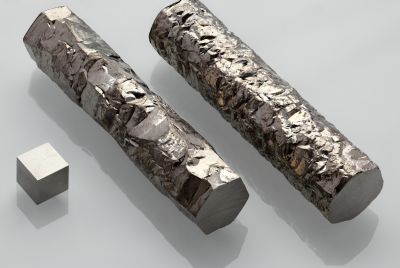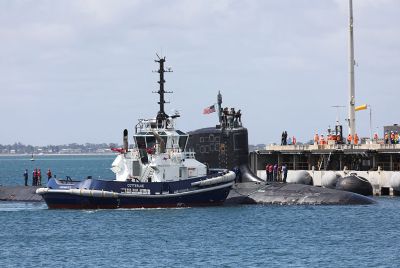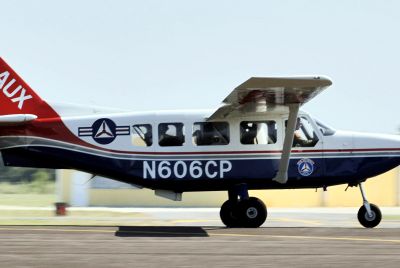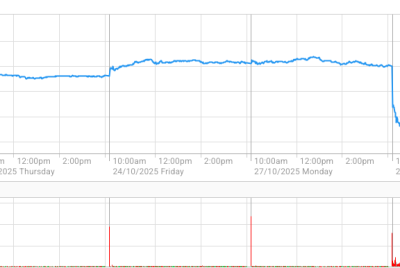Southeast Australia Faces Extended Wintry Weather Following Melbourne's Coldest Day In Half A Decade

Rain and frost warnings are in effect for Victoria, New South Wales and Western Australia, and wintry conditions are expected to last over the weekend throughout southeast Australia. After the coldest day in five years, Melbourne's temperature somewhat recovered, while Sydney was hit with heavy rain and lows in the single digits overnight.
After experiencing its coldest day in five years (10.1°C on Thursday), Melbourne rose to 13°C on Friday. Sydney had a lot of rain and lows in the single digits, with Thursday's high being 16.7°C and Friday's being 17°C, The Guardian reported.
Significant rainfall fell on Thursday night in South Australia, especially in the Mount Lofty Ranges and Adelaide, with a total of 10 to 22 millimeters. With persistent wet weather, Friday saw the highest temperature in the nation, which was 18°C.
Senior meteorologist Angus Hines of the Bureau of Meteorology predicted that the chilly weather will persist over the weekend. Like Thursday and Friday mornings, Saturday will see widespread single-digit lows across the nation. There will be below-average temperatures in several areas of southern Queensland, as low as 0 or 1°C.
A ring of rain extending from south-east Australia to western and central Victoria to southern New South Wales is causing the most significant anomalies, with maximum temperatures down to seven degrees below June normal, according to ABC.net.au.
There is no typical Antarctic weather pattern today, but heavy cloud cover and rain are making it difficult for early afternoon temperatures in southeast Australia to reach double digits.
Hines warns of persistently cold days and frosty nights with below-average temperatures over southeast Australia from Tasmania to Queensland for the following week as the winter solstice, which falls on June 21, draws closer.
"The weather pattern, which is just pumping the cold air across those eastern states, is very stagnant and it's not set to move for the rest of the week, the weekend, and even most of next week," Hines said.
New South Wales was hit by a chilly snap, with Griffith seeing its lowest temperature in eight years on Thursday—just 9.2°C. Canberra saw lows of -0.3°C overnight and a maximum of 13°C on Friday, while Hobart saw 7.6°C at 9 a.m. on Friday, with a high of 11°C predicted. Angus Hines said that a low-pressure region in the Tasman Sea that was stationary and kept the wind flowing south was the cause of the extended cold period. Although winter and early spring are expected to be warmer, cold spells are still a possibility.
© Copyright 2025 IBTimes AU. All rights reserved.





















